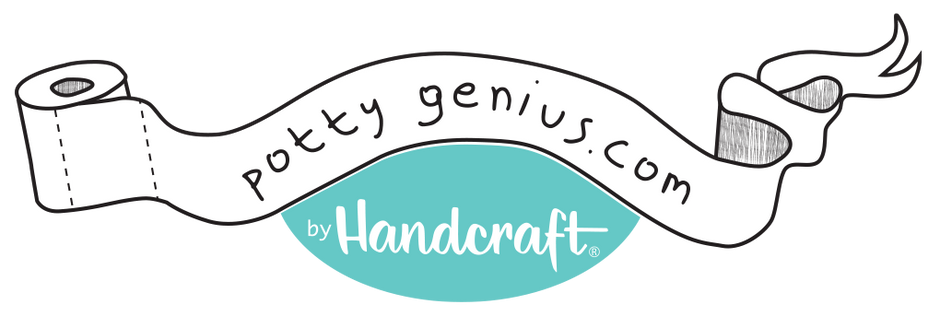“Toilet Training in Less Than a Day,” by Nathan H. Azrin, PhD and Richard M. Foxx, PhD, hit bookstands in 1974. Forty plus years later, it is still in print, and the method has worked for millions of children. Azrin and Foxx, like others, noted that forcing children to sit on the potty (toilet) until they finally used it was an ineffective training method. The Azrin and Foxx Method involves teaching the child to toilet (urinate in the potty) through repetition. There is more to it, including lots of praise, as well as verbal disapproval and corrective action when needed.
You and Your Child Must Be Ready
Before beginning toilet training, your child (called he) must show readiness. There are different ways to decide if he is ready. Azrin and Foxx believe these signs may appear at around 20 months of age:- He has bladder control and can keep his diaper dry for hours.
- He can pull his training pants up and down and walk from one location to another.
- He can follow instructions, such as sitting in a chair or bringing over a toy.
Azrin and Foxx Part One: Teaching a Doll to Toilet
During "Part One" of the Azrin and Foxx Method, your child starts by training a doll who wets with these steps:- He puts the doll on the potty and lowers her pants. You make the doll pee. Your child praises her, saying, “Dolly is a good girl for peeing in the potty” and offers her a treat. If he promises to use the potty himself, he can eat it.
- He shows the doll how to empty the potty bowl into a toilet.
- He checks the doll’s pants and checks himself. If he is dry, he gets a treat.
- You make the doll wet her pants. He checks. Since she is wet, he shows displeasure by saying, “No, Dolly, big girls don’t wet their pants.” He guides her through the correct steps.
- He checks his dry pants and gets a treat or drink.
- The doll correctly pees into the potty.
Azrin and Foxx Part Two: Your Child Learns to Toilet
In "Part Two" of the Azrin and Foxx Method, your child will now repeat all the steps himself. Give him rewards for dry pants. The steps are:- Checking for dry pants.
- Going to the potty every 15 minutes and when needed.
- Pulling down pants.
- Sitting quietly on the potty.
- Pulling up pants.
- Emptying the pan from his potty into a toilet, flushing, and putting the pot back.
- Take him to where he wet himself. Have him walk to the potty, pull down his pants, and sit.
- Repeat this from nine more locations.
- Have him check his pants again, showing wetness.
- Have him change his pants.

